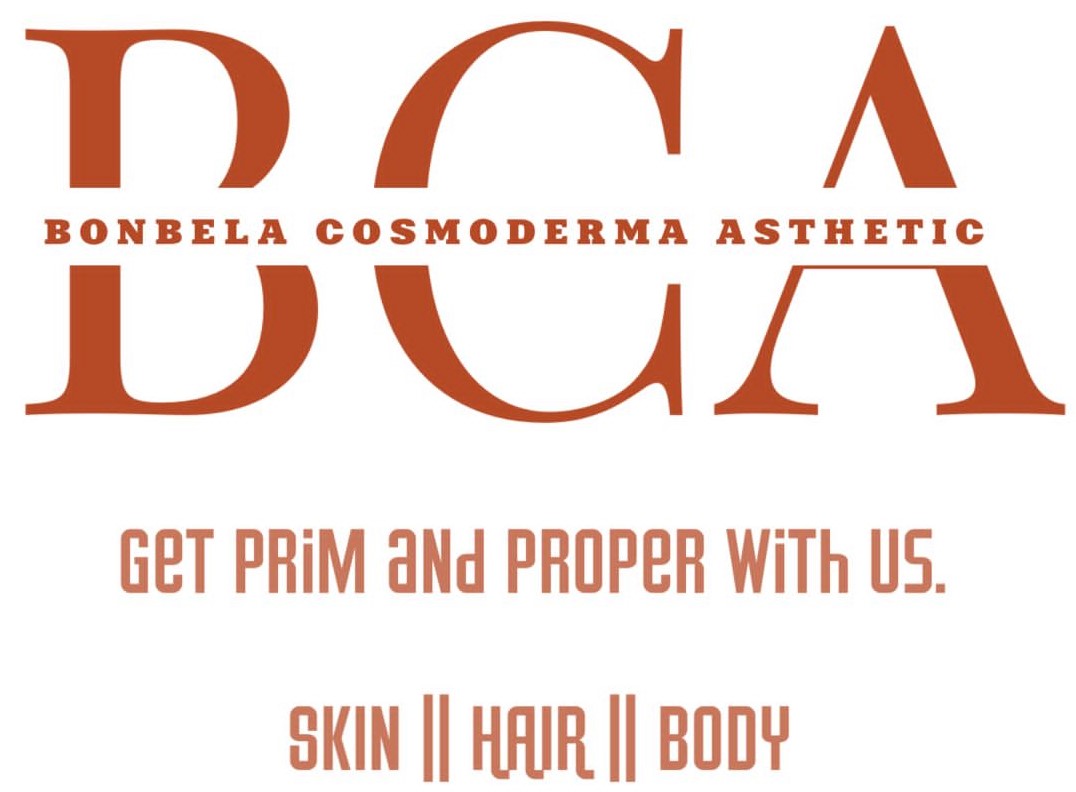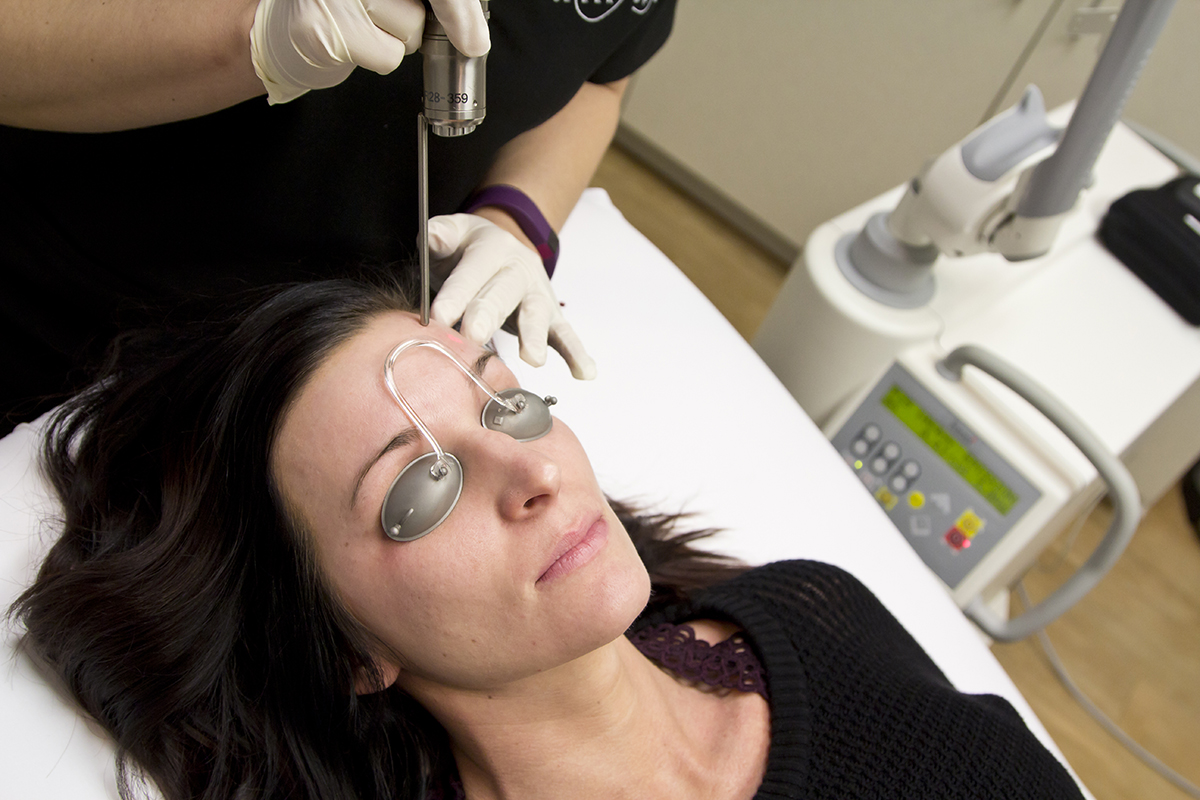Q-switched laser treatment is a type of laser therapy used for various dermatological and aesthetic purposes. The "Q-switched" refers to the ability of the laser to produce short, high-energy pulses. This technology is particularly effective for targeting specific pigments in the skin, making it a popular choice for treating issues such as pigmented lesions, tattoos, and certain skin conditions.
Here are some key aspects of Q-switched laser treatment:
-
Pigmented Lesions:
- Age Spots: Q-switched lasers can target and break down melanin, making them effective for reducing the appearance of age spots and sun spots.
- Freckles: The laser can also be used to lighten or remove freckles.
- Melasma: Q-switched lasers may be employed to treat melasma, a condition characterized by brown patches on the face.
-
Tattoo Removal:
- Q-switched lasers are widely used for tattoo removal. The short pulses of energy target the tattoo pigment, causing it to break down into smaller particles that the body can naturally eliminate.
-
Birthmarks:
- Certain types of birthmarks, such as nevus of Ota or café-au-lait spots, may be treated with Q-switched lasers.
-
Skin Conditions:
- Some skin conditions, like certain types of pigmented lesions or inflammatory skin conditions, may benefit from Q-switched laser treatment.
-
How It Works:
- Q-switched lasers emit short pulses of high-energy light. The energy is absorbed by the targeted pigment (such as melanin in the case of pigmented lesions or tattoo ink).
- The rapid, high-energy pulses break down the pigment into smaller particles without causing significant damage to the surrounding skin.
- The body's natural processes then help eliminate these smaller particles over time.
-
Sessions and Recovery:
- The number of sessions required depends on the specific condition being treated and individual factors.
- There may be some redness, swelling, or temporary discoloration immediately after the treatment, but these side effects are generally mild and short-lived.
-
Precautions:
- It's crucial to consult with a qualified dermatologist or laser specialist before undergoing Q-switched laser treatment.
- Not all skin types or conditions are suitable for this type of laser therapy, and certain precautions need to be taken, especially regarding sun exposure before and after the treatment.
-
Safety:
- When performed by trained professionals, Q-switched laser treatments are generally safe. However, like any medical procedure, there are risks and potential side effects, which should be discussed with the treating healthcare professional.
Always consult with a qualified dermatologist or healthcare professional to determine whether Q-switched laser treatment is appropriate for your specific needs and skin type. They can provide personalized advice based on your skin condition and medical history.



